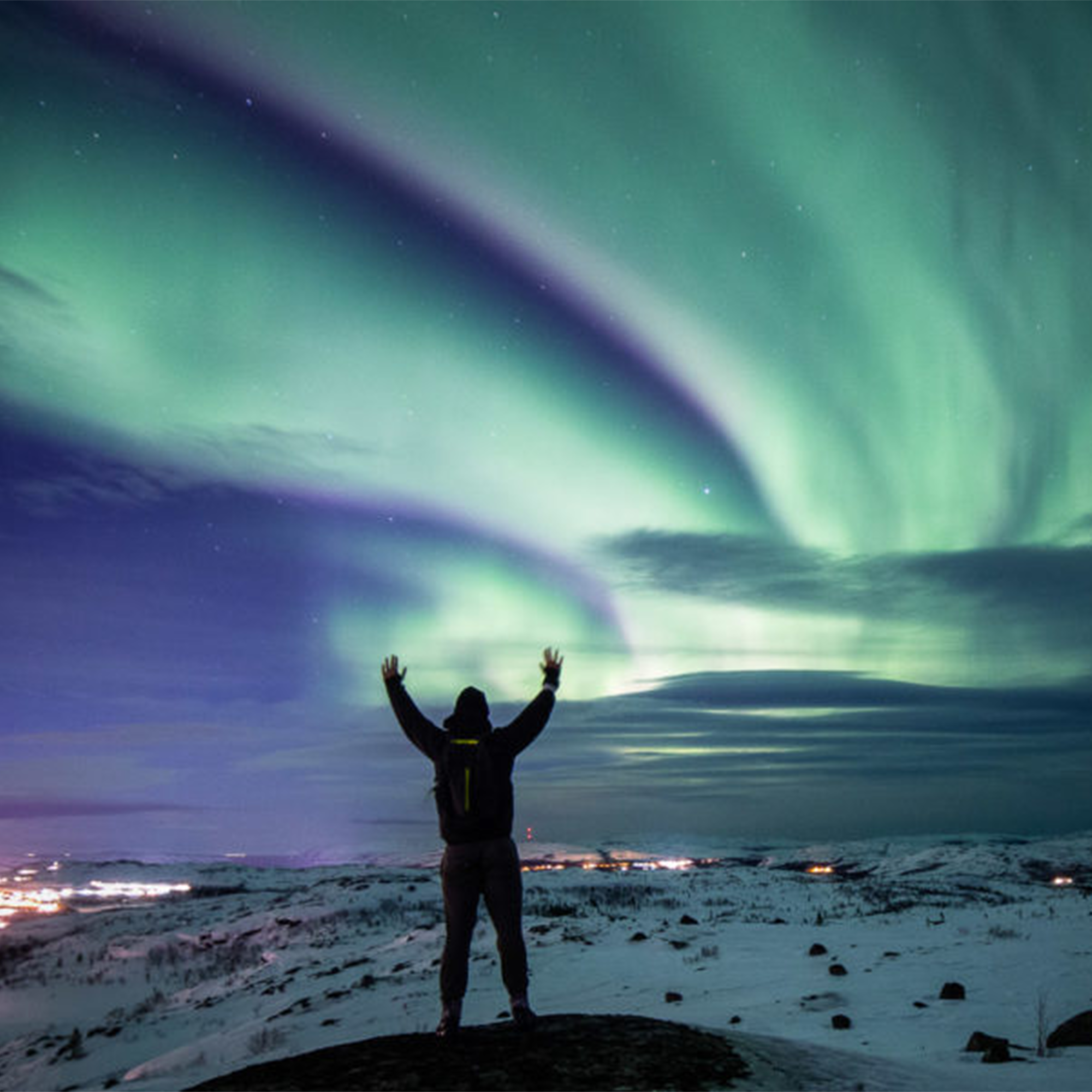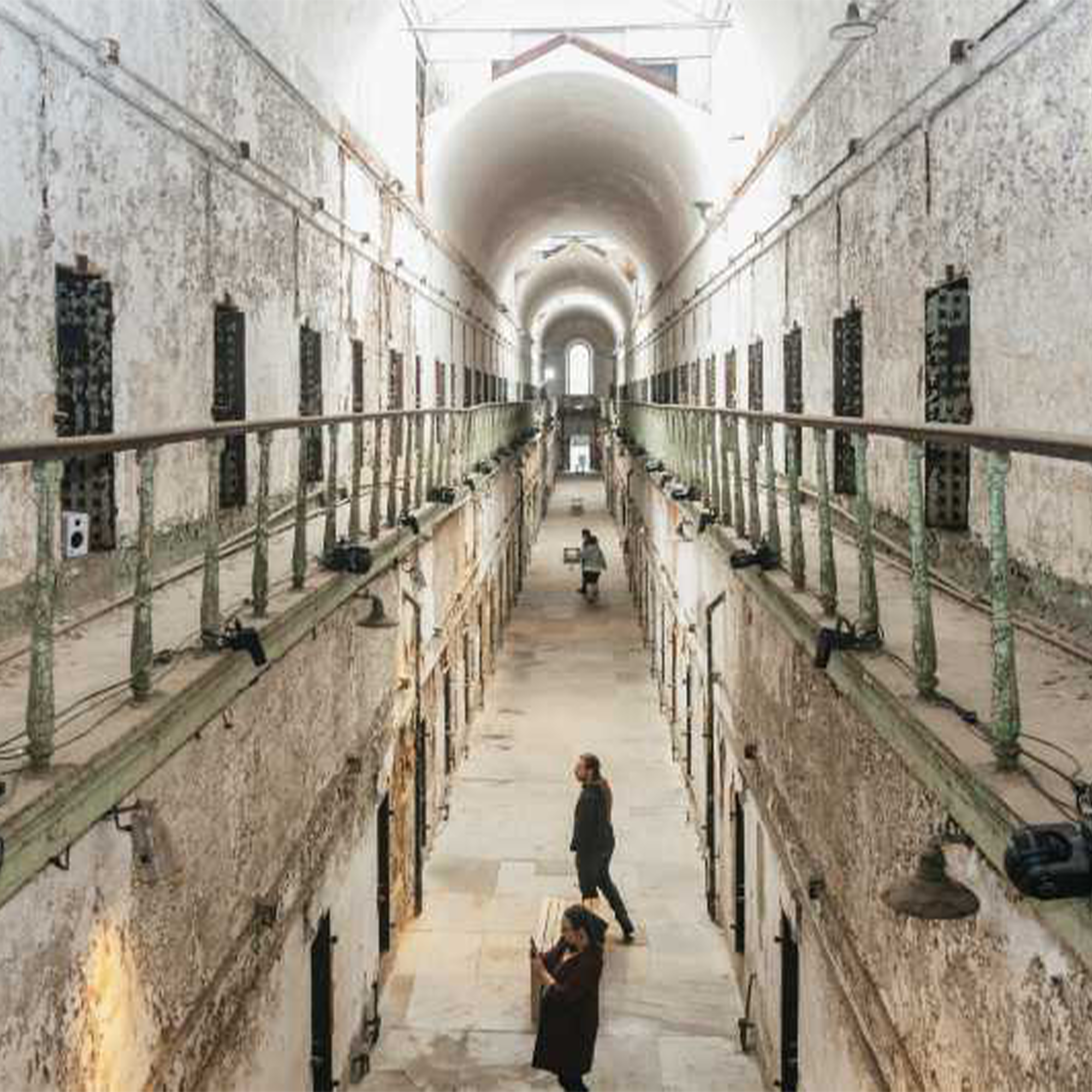Article: From Folktales to Reality: The Magic of the Aurora Borealis

From Folktales to Reality: The Magic of the Aurora Borealis

The Northern Lights, also known as the Aurora Borealis, have long captivated people with their mesmerizing display of colorful lights dancing across the sky. For centuries, these natural phenomena have sparked wonder and awe, inspiring countless myths and legends in different cultures around the world. Today, we know that the Northern Lights are a result of scientific phenomena, but their magic and mystery still remains. In this post, we will explore the history, myths, and science behind the breathtaking Aurora Borealis, and discover the best places and times to witness this phenomenon in all its glory.
Need a ride to start your journey?? Click Here!
Understanding the Aurora Borealis: A Natural Phenomenon
The Aurora Borealis, or Northern Lights, is a natural phenomenon that has fascinated humans for centuries. These ethereal lights, dancing across the night sky in a myriad of vibrant colors, are truly a sight to behold. But what exactly causes this mesmerizing display?
At its core, the Northern Lights are the result of interactions between the Earth’s magnetic field and charged particles from the sun. When the sun releases a burst of energy in the form of solar winds, it sends streams of charged particles hurtling towards our planet. As these particles collide with the Earth’s magnetic field, they become trapped and funneled towards the polar regions.
When these charged particles reach the Earth’s atmosphere, they collide with atoms and molecules, causing them to emit light. The colors we see in the aurora borealis are determined by the specific gases that the particles interact with. For example, oxygen molecules emit a green or red light, while nitrogen molecules produce blue or purple hues.

Understanding the science behind the Aurora Borealis only adds to its mystical allure. It reminds us of the incredible complexity and beauty of our planet and the vast universe beyond. Witnessing this natural wonder should be on everyone’s travel bucketlist, as it is a humbling and awe-inspiring experience that connects us to the wonders of nature and the cosmos.
In the next sections, we will delve into the myths and legends associated with the Northern Lights, explore the scientific significance of this phenomenon, and discover the best places and times to witness this earth beauty in all its glory. So sit back, relax, and prepare to be captivated by the magic of the aurora borealis.
Tales from Yesteryears: Myths and Legends associated with the Northern Lights
Myths and legends surrounding the Aurora Borealis have been passed down through generations, adding a touch of magic to this natural wonder. In various cultures, these captivating lights have been attributed to the gods and seen as omens of good fortune or impending doom.
In Inuit mythology, the Northern Lights are believed to be the spirits of their ancestors dancing in the sky. The Inuit people would whisper to the lights, believing that their ancestors could hear their prayers. In Norse mythology, it was said that the Northern Lights were the armor of the Valkyries as they escorted fallen warriors to the afterlife.
Other cultures have their own interpretations of the Northern Lights. The Sami people of northern Europe believed that the lights were the souls of the departed, while Finnish folklore tells tales of a mystical creature, the firefox, running across the snow and creating sparks that form the Aurora Borealis.

These ancient myths and legends not only reflect the awe and wonder inspired by the Northern Lights but also serve as a reminder of the profound connection between humanity and the natural world. The stories passed down through generations have helped us understand and appreciate the beauty of the Aurora Borealis, weaving a tapestry of folklore and mythology that continues to captivate our imagination today.
Need a ride to start your journey?? Click Here!
Beyond Beauty: The Scientific Significance of Aurora Borealis
The Aurora Borealis is not only a stunning display of colors and lights but also a significant scientific phenomenon that has captivated researchers for centuries. Understanding the scientific significance behind the Aurora Borealis sheds light on the intricate workings of our planet and the universe.
One of the main scientific implications of the Northern Lights is its connection to the sun. The charged particles that create the Aurora Borealis are a result of solar activity, particularly solar winds. By studying the interaction between these particles and the Earth’s magnetic field, scientists gain valuable insights into the dynamics of the sun and its impact on our planet.
Furthermore, the study of the Aurora Borealis helps researchers better understand the Earth’s atmosphere and its composition. The different colors observed in the Northern Lights are determined by the gases present in the atmosphere and the particles’ interaction with them. This knowledge contributes to our understanding of atmospheric chemistry and physics, leading to advancements in fields such as climate science and space weather forecasting.
The scientific significance of the Aurora Borealis goes beyond its visual appeal. It offers a window into the complex interconnectedness of the natural world, from the sun to the Earth’s magnetic field to the composition of our atmosphere. By unraveling the mysteries of this celestial phenomenon, scientists continue to deepen our understanding of our planet and the vast universe beyond.
In Pursuit of Lights: Best Places and Times to Experience the Aurora Borealis
Are you ready to embark on an adventure in pursuit of the mesmerizing aurora borealis? To witness this breathtaking natural phenomenon, you’ll need to travel to the best places and be there at the right time. Here are some top destinations where you can experience the aurora borealis in all its glory.
1. Tromsø, Norway: Known as the “Gateway to the Arctic,” Tromsø offers stunning views of the northern lights. Located in the heart of the auroral oval, this Norwegian city provides excellent opportunities to witness the dancing lights against a picturesque backdrop.
2. Fairbanks, Alaska: Situated beneath the auroral oval, Fairbanks is a prime location for spotting the northern lights. Its cold climate and clear skies increase the chances of witnessing this celestial display.
3. Yellowknife, Canada: Located in Canada’s Northwest Territories, Yellowknife is renowned for its dark skies and ideal aurora viewing conditions. Visitors can join guided tours or stay in cozy lodges to maximize their chances of seeing the lights.
4. Abisko, Sweden: Nestled in the Swedish Lapland, Abisko is famous for its crystal-clear skies and minimal light pollution. Its location within the auroral oval makes it an excellent destination for aurora enthusiasts.
5. Reykjavik, Iceland: Iceland’s capital city offers a unique opportunity to witness the Northern Lights while enjoying the vibrant culture and stunning landscapes. Take a tour outside the city to increase your chances of witnessing this natural phenomenon.
When planning your trip, keep in mind that the best time to see the Aurora Borealis is during the winter months when the nights are long and the skies are clear. Additionally, try to avoid full moon nights as the moon’s brightness can overshadow the lights.
So, pack your warmest clothes, camera, and a sense of wonder, and head to one of these incredible destinations for an unforgettable experience with the enchanting Aurora Borealis. Get ready to be amazed as the night sky comes alive with vibrant colors and cosmic magic.
Tips for a Successful Northern Lights Expedition
As you prepare for your once-in-a-lifetime adventure to witness the mesmerizing Aurora Borealis, here are some tips to ensure a successful nNorthern Lights expedition.
1. Research and Plan: Familiarize yourself with the best places and times to see the northern lights. Check the local weather conditions and choose a destination with clear skies and minimal light pollution. Consider joining a guided tour for expert guidance and insider knowledge.
2. Pack the Essentials: Dress in warm layers and don’t forget your hat, gloves, and sturdy boots. Remember to bring a tripod for your camera to capture those stunning lights. Don’t forget spare batteries and memory cards, as the cold temperatures can drain your camera quickly.
3. Be Patient and Flexible: The Northern Lights can be unpredictable, so be prepared to spend several nights in your chosen location. Keep an eye on the aurora forecast and be willing to adjust your plans accordingly.
4. Embrace the Dark: The best time to see the Aurora Borealis is during the darkest hours, so be prepared for late nights and early mornings. Embrace the darkness and let the anticipation build as you wait for the lights to appear.
5. Stay Positive and Enjoy the Experience: Even if you don’t witness a strong aurora display, remember that nature’s beauty is ever-present. Enjoy the quiet solitude of the night sky, listen to the sounds of nature, and take in the breathtaking scenery around you.

Remember, the Northern Lights are a natural phenomenon, and witnessing them is a privilege. Embrace the adventure, stay positive, and cherish the experience. The magic of the Aurora Borealis awaits you!


Leave a comment
This site is protected by reCAPTCHA and the Google Privacy Policy and Terms of Service apply.